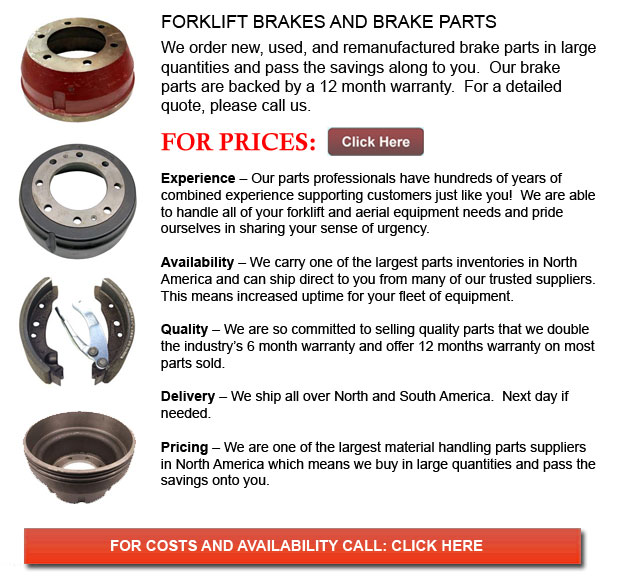
Forklift Brakes - A brake drum is in which the friction is supplied by the brake pads or brake shoes. The pads or shoes press up against the rotating brake drum. There are several various brake drums kinds with particular specific differences. A "break drum" will generally refer to whenever either shoes or pads press onto the inner surface of the drum. A "clasp brake" is the term utilized to be able to describe if shoes press against the exterior of the drum. One more kind of brake, referred to as a "band brake" uses a flexible belt or band to wrap round the outside of the drum. Whenever the drum is pinched in between two shoes, it can be called a "pinch brake drum." Similar to a typical disc brake, these types of brakes are rather uncommon.
Prior to 1955, old brake drums needed consistent modification regularly in order to compensate for drum and shoe wear. "Low pedal" or long brake pedal travel is the dangerous outcome if adjustments are not executed satisfactorily. The vehicle can become hazardous and the brakes can become ineffective whenever low pedal is combined along with brake fade.
There are various Self Adjusting Brake Systems obtainable, and they can be categorized within two main types, RAI and RAD. RAI systems have built in tools which prevent the systems to recover whenever the brake is overheating. The most popular RAI manufacturers are AP, Bendix, Lucas, and Bosch. The most well-known RAD systems consist of Ford recovery systems, Volkswagen, VAG, AP and Bendix.
The self adjusting brake would normally just engage if the vehicle is reversing into a stop. This method of stopping is acceptable for use whereby all wheels use brake drums. Disc brakes are used on the front wheels of motor vehicles today. By functioning only in reverse it is less possible that the brakes would be applied while hot and the brake drums are expanded. If adjusted while hot, "dragging brakes" can occur, which raises fuel expenditure and accelerates wear. A ratchet tool which becomes engaged as the hand brake is set is one more way the self repositioning brakes may function. This means is only suitable in functions where rear brake drums are utilized. When the parking or emergency brake actuator lever exceeds a specific amount of travel, the ratchet developments an adjuster screw and the brake shoes move toward the drum.
There is a manual adjustment knob placed at the base of the drum. It is generally adjusted through a hole on the opposite side of the wheel and this requires getting underneath the forklift with a flathead screwdriver. It is of utmost importance to move the click wheel properly and tweak each wheel evenly. If unequal adjustment happens, the vehicle may pull to one side during heavy braking. The most effective method so as to ensure this tedious task is accomplished carefully is to either raise every wheel off the ground and hand spin it while measuring how much force it takes and feeling if the shoes are dragging, or give every\each and every one the exact amount of manual clicks and then perform a road test.
![]() Click to Download the pdf
Click to Download the pdf
Forklift Parts
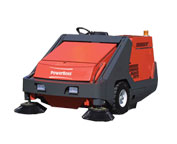
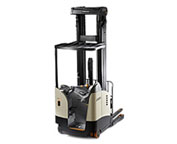
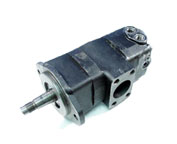
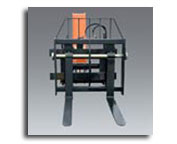
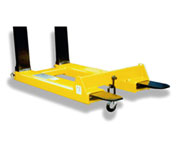
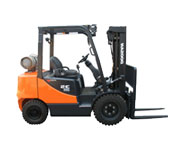
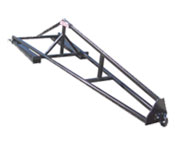
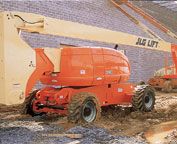
Lift Parts Express
TOLL FREE: 1-888-695-7994
Lake Charles, Louisiana
forkliftpartslakecharles.com
Email Us
About Us


